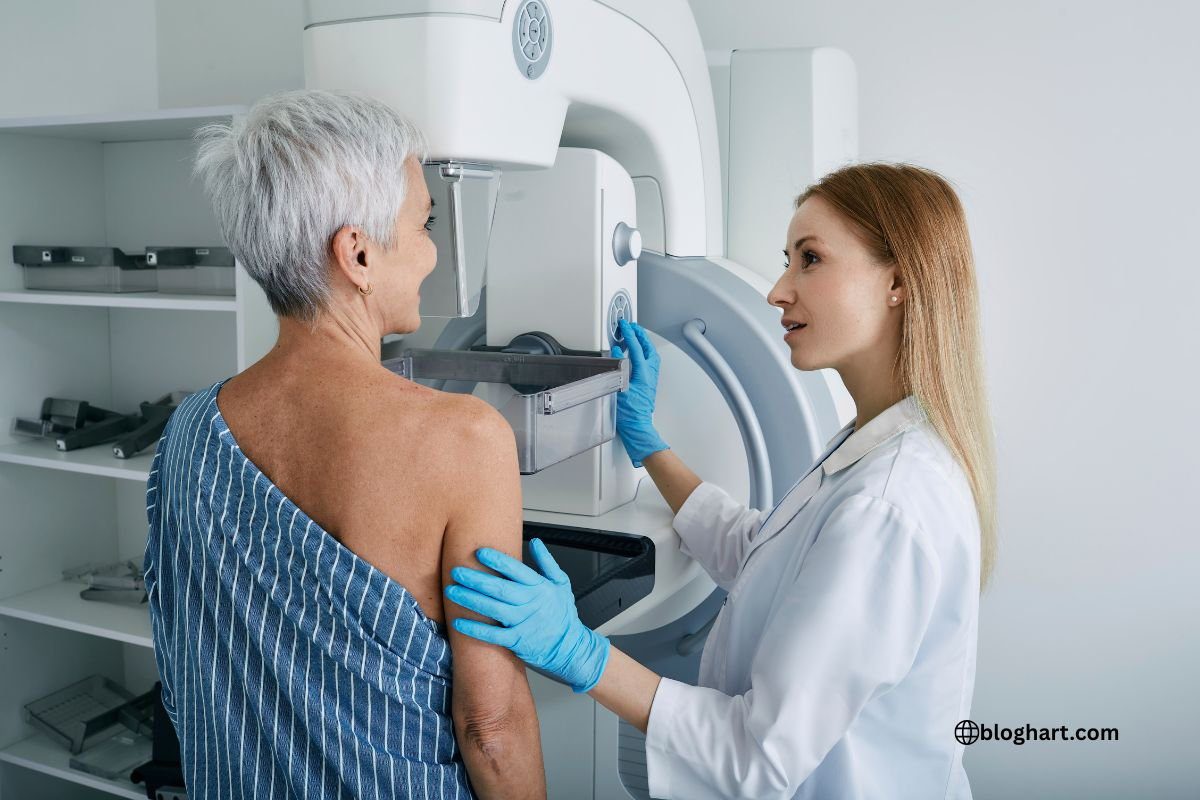Facing a breast imaging appointment can feel daunting, especially when emotions run high and uncertainty looms. Whether it’s your first time or a follow-up test, worries about discomfort, results, or the unknown are entirely valid. However, with the right mindset and informed preparation, it’s possible to significantly reduce anxiety and approach the experience with confidence. This article offers practical strategies tailored to help women manage breast imaging concerns more effectively.
Understanding the Purpose of Breast Imaging
Breast imaging refers to diagnostic techniques that examine the internal structure and health of breast tissue. Mammography, ultrasound, and MRI are the most popular types. Each serves a unique role:
- Mammography is primarily used for routine screening and can detect early changes in breast tissue, often before symptoms arise.
- Ultrasound assists in assessing masses or irregularities, particularly in people possessing dense breast tissue.
- MRI provides detailed imaging and is often used for those at higher risk or when additional clarity is needed.
Understanding the role of each method can help reduce unease and support more informed decisions.
Common Fears and Misconceptions
A significant source of worry stems from misconceptions around discomfort, radiation exposure, and potential results. Let’s briefly address some of the most common concerns:
- Fear of discomfort or pain during the procedure
- Worry about exposure to radiation (particularly with mammography)
- Concern over receiving bad news
- Embarrassment or vulnerability during the exam
- Lack of information about the procedure
Anxiety is a normal response to unfamiliar medical procedures, but with the right approach, it can be mitigated. The following practical and mental strategies can help you approach your appointment with greater confidence and clarity.
Practical Tips to Reduce Worry
Being well-prepared for breast imaging involves more than just arriving at the clinic. It’s a blend of practical readiness and emotional reassurance. Understanding what will happen and how to take control of the details around your appointment can help transform a stressful experience into a manageable one.
1. Know What to Expect
Most of the time, worry comes from being afraid of what you don’t know. Learning about the type of imaging you’ll undergo can help calm nerves. For example, understanding what to expect during a breast ultrasound examination not only offers a clearer picture of the procedure itself but also helps demystify the setting, staff interaction, and possible outcomes.
Here are a few ways to prepare mentally:
- To become familiar with the procedures, read reliable sources.
- Ask your doctor why this specific test was chosen.
- Visualise the environment and equipment to reduce surprises.
- Clarify how and when you’ll receive results.
2. Choose the Right Clothing
Although it may seem minor, what you wear can affect how comfortable and relaxed you feel. Since you would just need to take off your top and bra, a two-piece attire is ideal. For mammograms in particular, it’s important to avoid applying deodorant, talcum powder, lotions or perfumes on your chest or underarms before your appointment. As noted by BreastScreen Australia, these substances “can affect the X-ray pictures and make it harder to get clear results”. This simple step not only improves image quality but also helps reduce the chance of needing repeat imaging, which can add unnecessary stress.
3. Schedule Thoughtfully
Timing your appointment wisely can minimise both physical discomfort and stress:
- Aim for a week after your menstrual period, when breasts are less tender.
- Avoid booking on overly busy or stressful days.
- If possible, schedule a morning slot to reduce anticipation and allow time to decompress.
- Allow travel time so you arrive feeling unhurried.
4. Communicate with Your Radiographer
Radiographers are trained not just to perform the imaging but also to support your comfort. Share any concerns—whether it’s your first time, you’ve had a negative experience before, or you’re simply nervous. Many clinics can adapt their approach, explain steps, or give you extra time to settle.
Coping with Anxiety on the Day
Even with preparation, nerves are common. Grounding techniques like deep breathing, mindfulness, or positive visualisation can help centre you. Bringing a support person (if allowed) or having someone to talk to afterwards can also provide reassurance. Focus on the larger purpose: taking proactive steps to protect your health.
Knowing the Bigger Picture
If you’re asked to return for additional imaging, try not to panic. It often means the radiologist needs a clearer view, not necessarily that something serious has been found. This is a routine part of thorough care and helps ensure your results are as accurate as possible.
Turning Worry into Empowerment
Worrying about breast imaging is completely natural, but it shouldn’t deter you from attending appointments that could be life-saving. By preparing thoughtfully, both practically and mentally, you give yourself the best chance of a calm, manageable experience.
Knowledge is one of your most powerful tools, and by understanding what to expect, taking control of the small details, and leaning on professional support when needed, you can face your appointment with strength and reassurance.
For more insightful articles related to health, please visit Bloghart.

